Former airport employee busted for making a hoax bomb threat at Bengaluru Airport
Radhika Bansal
23 May 2022
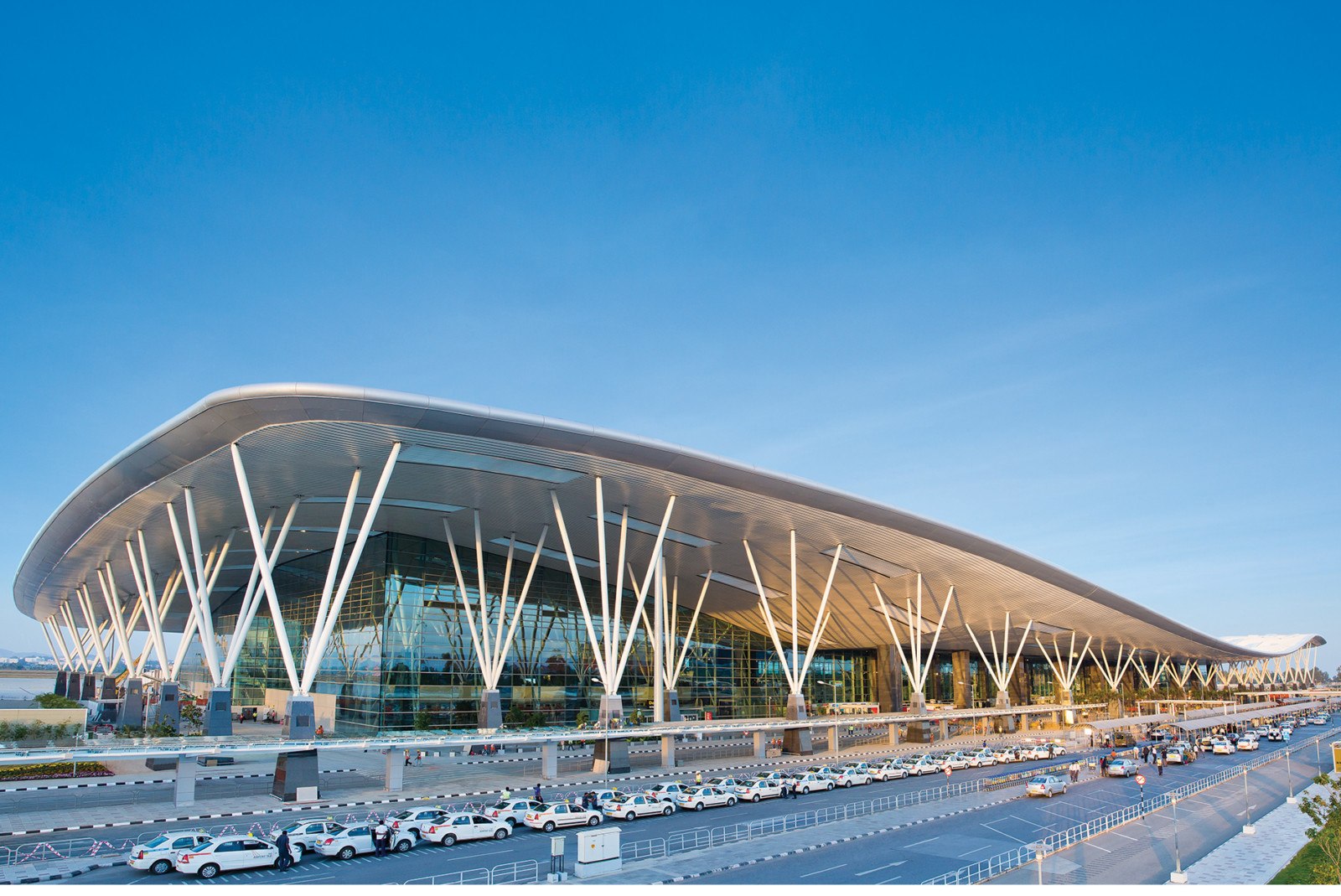
Panic prevailed at Kempegowda International Airport, Bengaluru early Friday, May 20 after an anonymous caller rang the Bengaluru city police helpline (112) around 3:50 AM and informed that a bag carrying explosives had been placed on the airport premises.
The man suspected to be drunk at the time of making the call gave out a name and also hurled expletives at cops.
Soon after the threat call came, police alerted Central Industrial Security Force (CISF) personnel at KIA, who carried out a thorough search of the airport premises for over an hour and established the bomb threat to be a hoax. Following this, airport police carried out a probe to track down the caller.
Former airline employee busted for making a hoax bomb threat at Bengaluru Airport
Later it turned out that the caller, Subhashish Gupta, who worked as a cargo staffer at the airport, falsely informed police about the explosives in an attempt to avenge his brother-in-law, who recently divorced his sister, said police.
Police sources said the call made from a cellphone was tracked to Gupta, who was staying in a paying guest accommodation on Lalbagh Road.
Investigators nabbed him from his residence, questioned him and he spilled the beans. Gupta, 32, told police he made the hoax call in the guise of his former brother-in-law hoping that police would nab him.
Subhashish Gupta worked as a cargo staffer of an airline at the airport
But Gupta who was in an inebriated state used his own cellphone to make the call and that was a clear giveaway, said sources. He has been arrested on charges of creating panic among the public.
Investigation revealed Gupta worked as a cargo staffer with an airline, the name of which could not be verified. His service was terminated three months ago after he allegedly reported to work in a drunken state. Gupta was produced before a magistrate and remanded in judicial custody.
Read next
Domestic Flight restrictions lifted allowing airlines to operate at full capacity
Radhika Bansal
13 Oct 2021
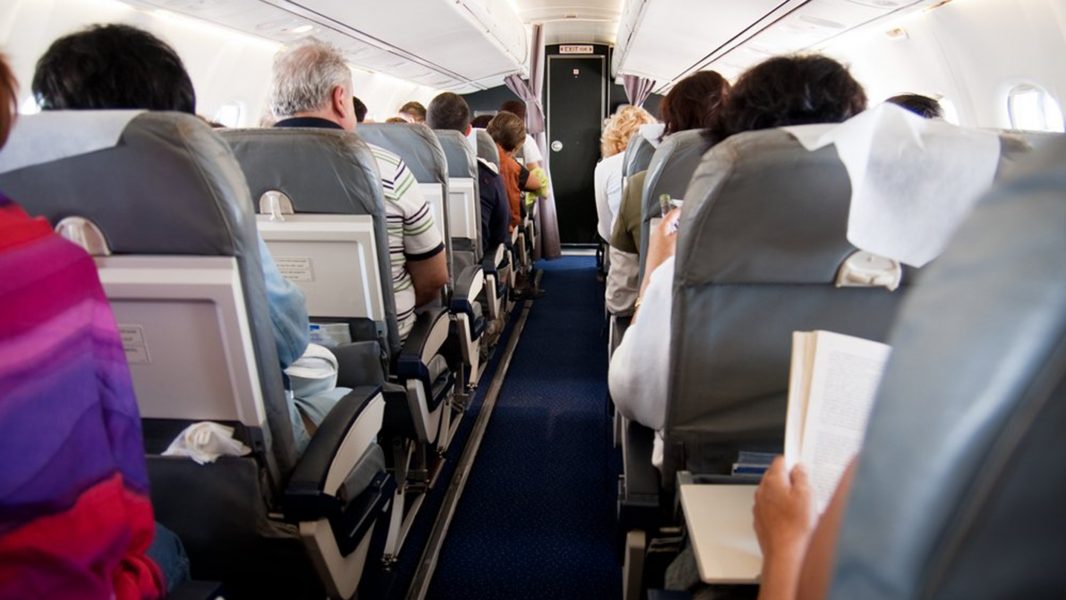
Airlines will be able to operate at 100% capacity from October 18, with the civil aviation ministry lifting all restrictions on domestic flight movements. These curbs were imposed when airlines resumed operations after a Covid-induced break in May 2020. However, the government is yet to remove the fare caps.
The decision was taken following a review of the current status of scheduled domestic operations, the ministry said in its order on Tuesday, October 12.
(Image Courtesy - NBC News)
"After review of the current status of Scheduled Domestic Operations viz-a-viz passenger demand for air travel", it has been decided to "restore the scheduled domestic air operations with effect from 18-10-2021 without any capacity restriction," the ministry stated.
Last month the government allowed airlines to increase their capacity from 72.5% to 85%. The decision coincided with the festival season which has seen improved seat occupancy and rises in air traffic.
On Saturday, October 9, airlines flew over 300,000 passengers for the first time since February-end. The first seven days of the month saw 1.7 million passengers flying, which is 10% higher than September, while the number of departures was around 8% higher. Currently, airlines are operating at 70-75% capacity while passengers carried each day are between 60-70% of the pre-pandemic level.
(Image Courtesy - India Today)
IndiGo is the country's largest airline in terms of operation. It is operating around 1,200 flights daily, which is around 80% of its pre-Covid-19 capacity, while its average passenger load is around 75-80%.
“It is a welcome move as we believe that with the recent pent-up demand combined with the upcoming festival season it will be great to operate flights on pre-pandemic levels. We are quite bullish about the overall growth and demand for domestic travel,” said an IndiGo spokesperson.
Among the airlines, IndiGo has been quite vocal about the need for phasing out capacity restrictions.
Another private carrier, Vistara, also welcomed the decision. "Vistara welcomes the government's decision to remove the capacity cap. We believe that it will help accelerate recovery from the severe impacts of the pandemic as demand continues to grow, especially with the growing confidence in air travel and the much-awaited festive season," a spokesperson of the airline said.
(Image Courtesy - Business Standard News)
“Growing travel confidence has also resulted in a shift in advance purchase pattern trends,” said Aloke Bajpai, co-founder and CEO of ixigo.
“Share of bookings for travel beyond 30 days has increased in September, indicating pre-planned advance purchase behaviour, which had become last-minute purchase behaviour during the pandemic.
Attractive rates are also encouraging travellers to make bookings. For example, the average one-way fare for the Delhi-Goa route was INR 4,400 for travel in the first week of October if booked 30 days in advance. Fares for the same route if booked at the last minute (0-7 days before travel) is INR 7,600.”
(Image Courtesy - CNBC)
The government tweaked the price cap formula last month, allowing airlines to set fares for travel beyond 15 days of the booking date, in addition to increasing capacity to 85%. Previously, price caps applied to tickets purchased within 30 days of the booking date.
The number of flights or departures that an airline can order as a percentage of its schedule during a season is referred to as capacity caps.
The pandemic and subsequent lockdown (domestic and international) had a significant impact on the aviation industry, with airlines losing billions of dollars.
The government has been fixing upper and lower limits based on distance since airline operations resumed in May last year after a two-month stoppage as part of the nationwide Covid lockdown.
Read next
Now that Air India has returned to its rightful owners, the homecoming could pose a possible threat to the current players in the Aviation Industry.
IndiGo currently stands tall beating all others and with the highest market share of 58.6% (as of July 2021). The possible integration of Tata Group's airlines- Air India and Vistara could present challenges to IndiGo and Spicejet who are currently focussing on expanding their operations in the international sector.
The Siasat Daily
"Air India plus Vistara is a formidable force in the international segment. This is evident considering the network [7 of Vistara and 70 of Air India, without considering the overlap], wide body aircraft fleet of a total of 49 [2 Vistara and 47 Air India] and international market share [of 64%] of the combination"-analysts Ansuman Deb and Ravin Kurwa wrote in a note.
They further mentioned that this entity could pose a serious threat to the international long-haul plans of IndiGo and the international cargo plans of Spicejet.Vistara, which started international operations in August 2019, is to receive 4 787-9 dreamliners tentatively by 2023.
Vistara B787-9 Dreamliner | One Mile at a Time
The Tatas could also possibly merge Air India Express and AirAsia India in the low cost sector sometime in the future. For now, the prime focus would be on to revamping the entire airline up by refinancing existing debts, renewing multiple contracts and getting aircraft overhauls done.
TIKET2
The Tata Group, which has successfully acquired Air India for Rs 18,000 crore, may have to pump in more than $1 billion to improve the airline’s passenger reservation system and upgrade and refurbish the fleetBusiness Standard
Part of the strategy would also include the Tatas prioritizing rewriting agreements with the lessors. The government has agreed to pay Rs 11,939 crore of lease dues, while the title deeds of aircraft will be transferred to Tata Sons.
Any decision on the integration of operations is not going to happen immediately. First, the group will take complete ownership of AirAsia, probably by March, and then integrate the airline with Air India Express to develop a formidable low-cost operation. Any decision to merge with Vistara will take time as it will require permission from Singapore AirlinesSources
COVER: The Economic Times
Read next
Following chaos and flight delays, Mumbai airport is set to reopen T1 on October 13
Radhika Bansal
12 Oct 2021
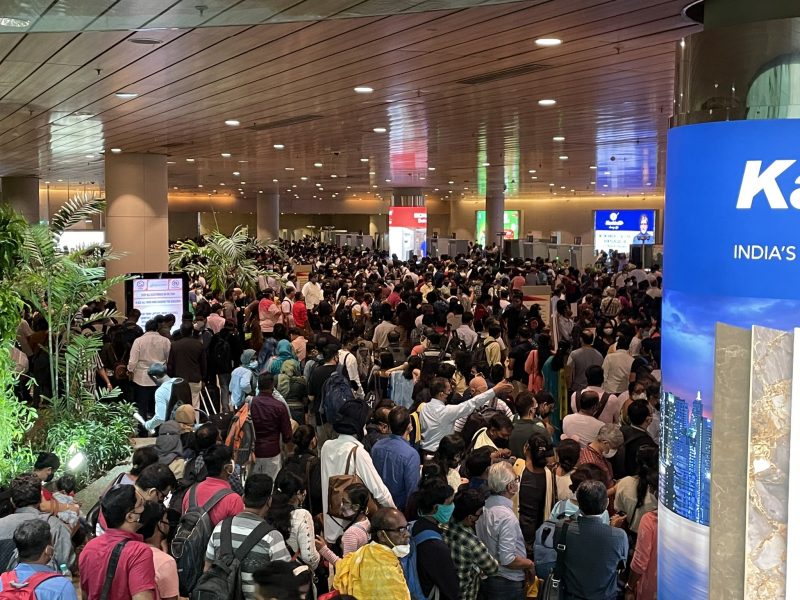
The Chhatrapati Shivaji Maharaj International Airport (CSMIA) in Mumbai will reopen its Terminal 1 for domestic flights on October 13, according to a statement from the airport's holding company, Mumbai International Airport Ltd.
The private airport operator said in a statement that GoFirst will resume all domestic operations from Terminal 1 on October 13 and that AirAsia India will begin operating flights from the terminal on October 16, rather than the previously planned October 20 resumption.
From October 20, Star Air and TruJet are expected to begin operating flights from the terminal.
(Image Courtesy - Twitter - @27saurabhsinha)
If necessary, the airport will look to begin operating some IndiGo flights from Terminal 1 ahead of schedule, which were originally scheduled to begin on October 31.
To avoid security delays, the airport will also ask airlines to allow passengers to check-in their cabin luggage.
Adani Airports Holding Ltd., which took over management of CSMIA in July, had previously informed the Central Industrial Security Force (CISF) and other stakeholders about the decision to move four airlines' domestic flight operations to Terminal 1 beginning October 20.
The move to advance the operations of Terminal 1 comes after a surge in traffic on October 8 due to the festive season resulted in delays in passenger processing at CSMIA, which caused flight delays and in some cases caused passengers to miss their flights.
(Image Courtesy - Twitter - @PrakarshGagdani)
On October 8, according to media reports, a large number of passengers were unable to arrive at the boarding gate on time, causing most morning flights to depart late.
According to reports, about 105 of the 115 domestic flights scheduled to depart from Mumbai airport between 6 AM and 12 PM were delayed for more than 15 minutes.
While security cannot be compromised under any circumstances, CSMIA said in a statement that it has been working with passengers who were impacted by the congestion on October 8 and has been able to accommodate the majority of them on alternative flights.
(Image Courtesy - Ahemdabad Mirror)
The Mumbai airport authorities had suspended flight services from T1 in mid-April after the deadly second wave of the pandemic hit the country. All operations were moved to T2, which is largely used for international connectivity.
During the first wave of the pandemic also, services from T1 remained suspended for nearly seven months. At that time too, all operations were being conducted from T2.
CSMIA's T1 will host 12 registration desks and 12 testing booths across arrivals and departures where passengers can opt to undergo the RT-PCR test at the airport, the statement said.
Read next
Adani Group on Monday, October 11 took over the responsibilities of the Jaipur International Airport from the Airports Authority of India (AAI).
The airport has been leased out to the group by the government of India for 50 years.
(Image Courtesy - Twitter - @Jaipur_Airport)
Airport director J S Balhara handed over a symbolic key of the airport to Chief Airport Officer Adani Jaipur International Ltd Vishnu Jha in the presence of other officials. The company took over the airport at midnight on Monday.
Balhara said that the company will work on the operations, management and development of the Jaipur airport through PPP mode.
Jaipur airport is the 11th busiest airport in India in daily scheduled flight operations. Located in the southern suburb of Sanganer, the airport was granted the status of the international airport on 29 December 2005. The civil apron can accommodate 14 aircraft and the new terminal building can handle up to 1,000 passengers at a time.
https://twitter.com/Jaipur_Airport/status/1447573854562357253
On October 8, the Lokpriya Gopinath Bordoloi International Airport in Guwahati was handed over to the Adani Group for operations, management, and development.
Recently, Adani Enterprises arm Adani Airport Holdings (AAHL) has taken over the management control of series of airports in India including the Mumbai International Airport Ltd (MIAL).
AAHL became the country’s largest airport operator after it took a controlling stake in MIAL earlier this year. Adani Group has also won competitive bids to run the airports in, Ahmedabad, Guwahati, Lucknow, Mangalore and Thiruvananthapuram.
Earlier in August, the Civil Aviation Ministry informed the Lok Sabha that Adani Airports (A unit of Adani Enterprises) has been given three more months to take over Thiruvananthapuram, Jaipur and Guwahati airports. The initial deadline for taking over operations of these airports under Public-Private Partnership (PPP) was July. The extension means handing over will need to be completed by September.
Read next
A brief history
Airplane Pictures
Air Costa was owned by the Indian business group, LEPL group. An Indian regional airline headquartered in Vijayawada and based out of Chennai International Airport, it commenced operations on 16 October 2013, using two Embraer E-170 aircraft. The airline had initial plans of operating with a fleet of Q400 aircraft but later announced its decision to acquire Embraer Jets at the Paris Air Show in June 2013.
Before its commencement, it received its Air Operators' Permit (AOP) from the Directorate General of Civil Aviation (DGCA) in September 2013.Post operations, the airline focused on increasing connectivity between Tier 1 and Tier 3 cities, investing around INR600 crore (US$84 million) as of 2015.
During the Singapore air show on February 16 of 2014, Air Costa had ordered 50 Embraer E-Jets E2 aircraft worth US$2.94 billion, only to be later cancelled by Embraer. If all went as planned, the airline would have become the first Asian launch customer for the type.
Embraer E2 Jet | Pinterest
Seeking to further expand its wings, the airline applied for its regional carrier license to be upgraded to that of a national carrier with the DGCA in September 2015.Subsequently, it received a no-objection certificate from the civil aviation ministry for pan-India operations on 19 December 2015.Unfortunately, though, financial woes kept hitting the airline until it finally had to cease operations on 28 February 2017. Apparently, GECAS had seized two of the airline's leased aircraft, while a third had already been returned to the lessor. The airline had a meagre 0.8% share in the Indian domestic airline market(2016).
What did the CEO have to say?
In an industry where only the fittest survive, the battle becomes all the tougher for regional airlines as they bank on convenience and less on speed and cost of travel. As most of the Tier 2 cities could be reached within 6-7 hours, the majority of the Indian travellers don't mind putting up with a little inconvenience, as long as they could reach their destination at the lowest fare possible.
Airport charges, akin to those charged for national carriers added further woes as rates were as high as Rs750 per passenger and if one added up landing and parking charges, the total charges could go up to Rs1,000 per passenger which was about 40 per cent of the total fare.
After all these charges, where is the money for fuelVivek Choudhary, the CEO of Air Costa
Vivek Choudhary | Twitter
He further went on to add that when Air Costa had commenced operations, the airport charges were at INR220. The figure shot up to INR750 after a private airport won a court case.
No airline can sustain its operations with a limited fleet. It is something we have learnt over the yearsVivek Choudhary
COVER: The Hans India


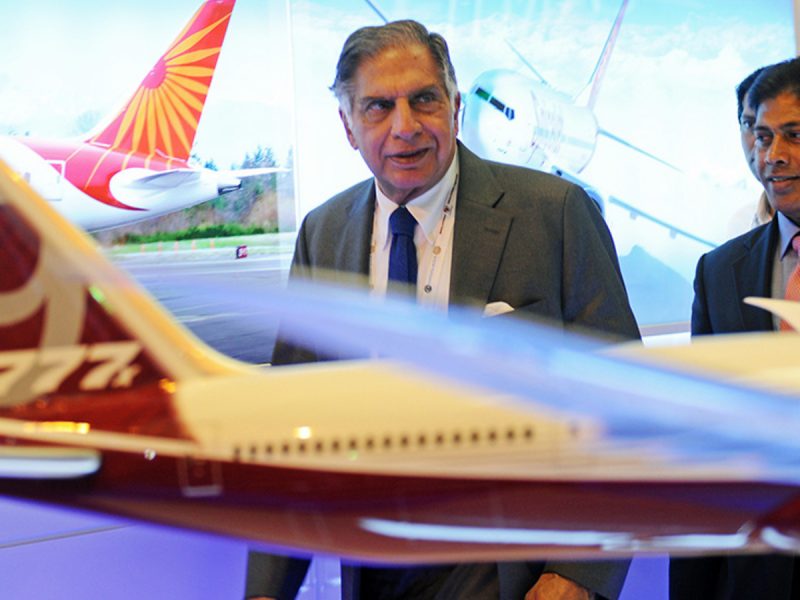
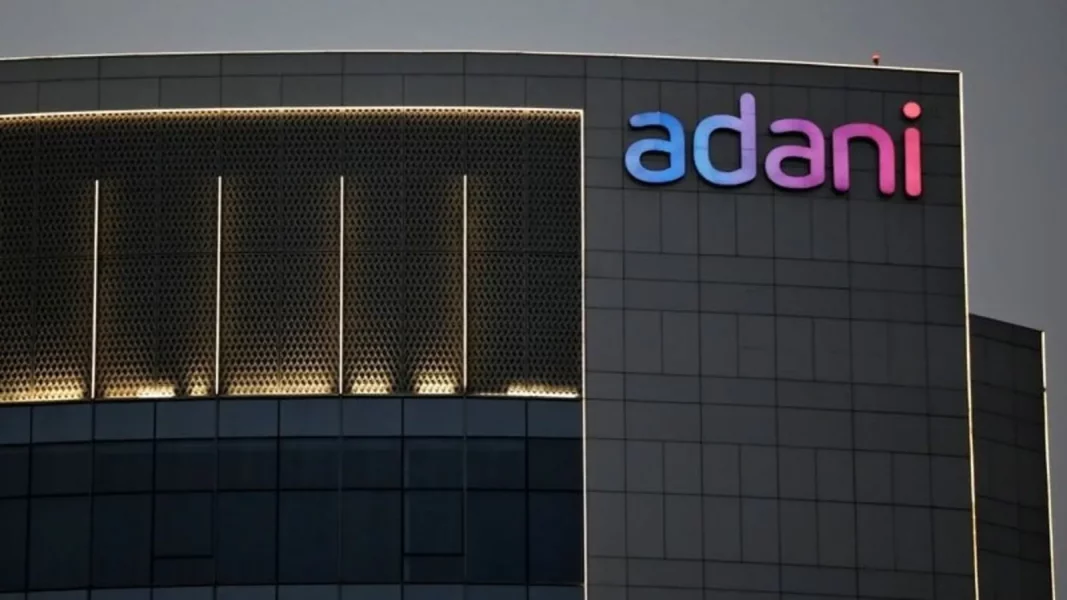
Comment